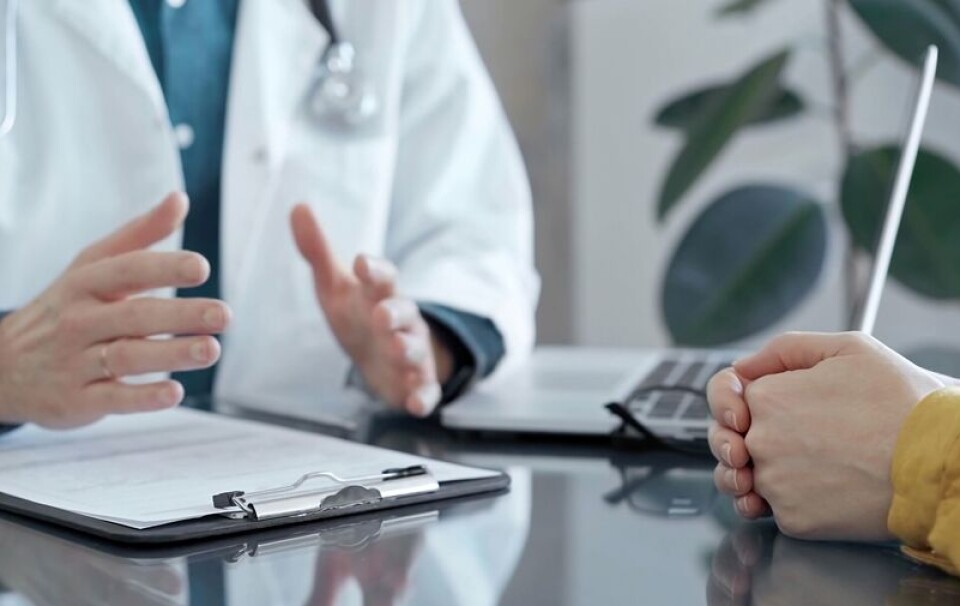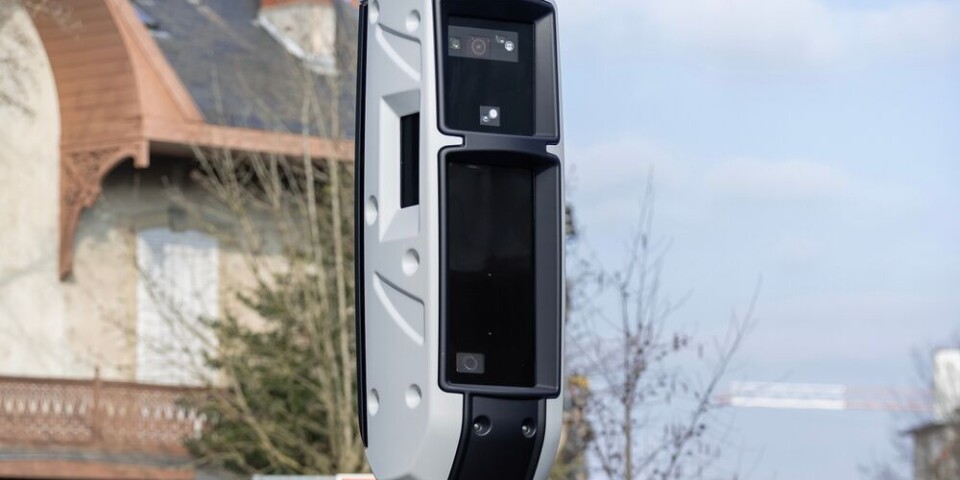-
This self-service wine vending machine has been approved for French roadsides
Innovative machines offer convenient wine access while adhering to alcohol laws
-
Understand the basics of French wine labelling
Why are French wines labelled as Bordeaux or Burgundies, and not Cabernet or Malbec? Jonathan Hesford explains
-
Know your cheeses and their seasons: which to eat in France in February
Cow’s milk cheeses dominate as winter comes to an end
Piles of paperwork to make wine in France
Roussillon vigneron and winemaker Jonathan Hesford tells of his day in the vineyard... or, as often, the office

One of the most noticeable differences I found when moving from New Zealand to France to make wine was the high level of administration involved here. Every stage of the process is regulated and controlled by representatives of the state.
Even the purchase of agricultural land and the right to farm it has to be approved by Safer (Sociétés d’Aménagement Foncier et d’Etablissement Rural). Next, every single vineyard block needs to be on a register with the douanes (customs, excise and fraud-prevention). That register specifies the grape variety, the planting date, the density of vines and the precise size of the parcelle.
Permission to plant more vines must be approved through a laborious system of acquiring rights and exercising them within fixed timescales.
Each appellation has a cahier des charges which specifies the geographical restrictions, the grape varieties, the planting density, the soil types, the type of trellis used and even the method of pruning the vines. It has limits on the maximum yield, measured in hectolitres per hectare, and whether irrigation is permitted (generally not).
Throughout the year, the amounts, types and dates of fertilisers, herbicides and pesticides used need to be recorded. There are even rules which enforce the spraying of certain insecticides.
At harvest time, the state determines the Ban des Vendanges after which date vignerons may begin picking. However, they must ensure the grapes are of a minimum maturity level, sometimes being required to supply samples of berries to a state-approved laboratory.
Once the grapes arrive at the winery, a log-book must be maintained detailing every operation and addition of sulphites, yeasts and other oenological products. Once volumes are known, the producer files a Déclaration de Récolte specifying the amount of wine made under each AOP (Appellation d’Origine Protégée), which is pored over by the douanes looking for anomalies in the volumes made by comparing to the list of vineyards that the producer owns. They will also check that none of the AOP rules on blending proportions of different varieties are being broken.
Before wine can be sold, more documents must be filed. The first is the Déclaration de Revendication, which allows the wine to be sold under its IGP (Indication Géographique Protégee) or AOP, even on the bulk market. Then a Déclaration de Conditionnement is required before bottling, or putting in bag-in-box.
Up to six months later the regional wine authority will send a person to check with the winery that all the various forms were submitted correctly. I find it particularly French that this is not done by checking with the departments that received the declarations but by asking the producer to print out evidence of the five documents that were submitted. They then take samples of the bottled wine to taste to make sure they conform to the style of the appellation.
The control of volume is taken very seriously – as it should be – to prevent fraudulent labelling, blending or selling of wine on the black market. Each month every winery has to provide a stock report to the douanes showing the volumes sold and where they have gone. This information is also used to determine the amount of excise duty to be paid. As you may have noticed, all wine sold in France has a tax capsule marked with Marianne and this proves the wine has been declared to the state.
The actual duty on a bottle is only about €0.03 per bottle, which may not seem enough to cover all these administrative costs – and despite all these controls there are cases of cheating in the press every year but “c’est la France” as they say.
However, we must remember that all these procedures are in place to protect the consumer in the end. They provide confidence that a bottle labelled with a French AOP or IGP is what it says it is. In the New World, consumer confidence is mainly down to the reputation of the individual wine producer.
Jonathan Hesford has a Postgraduate Diploma in Viticulture and Oenology from Lincoln University, New Zealand and is the owner, vigneron and winemaker of Domaine Treloar in the Roussillon. www.domainetreloar.com
























